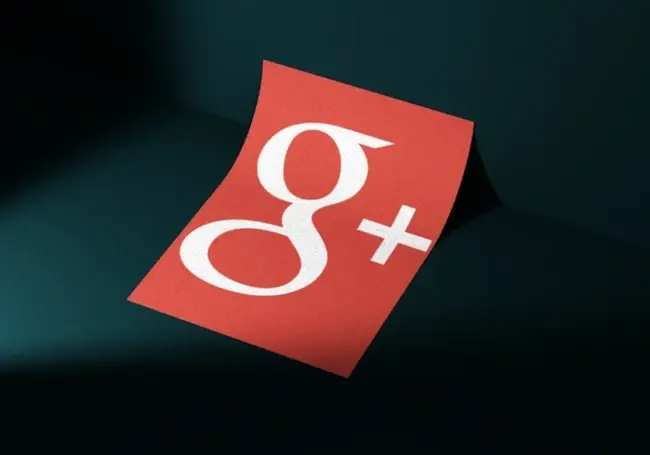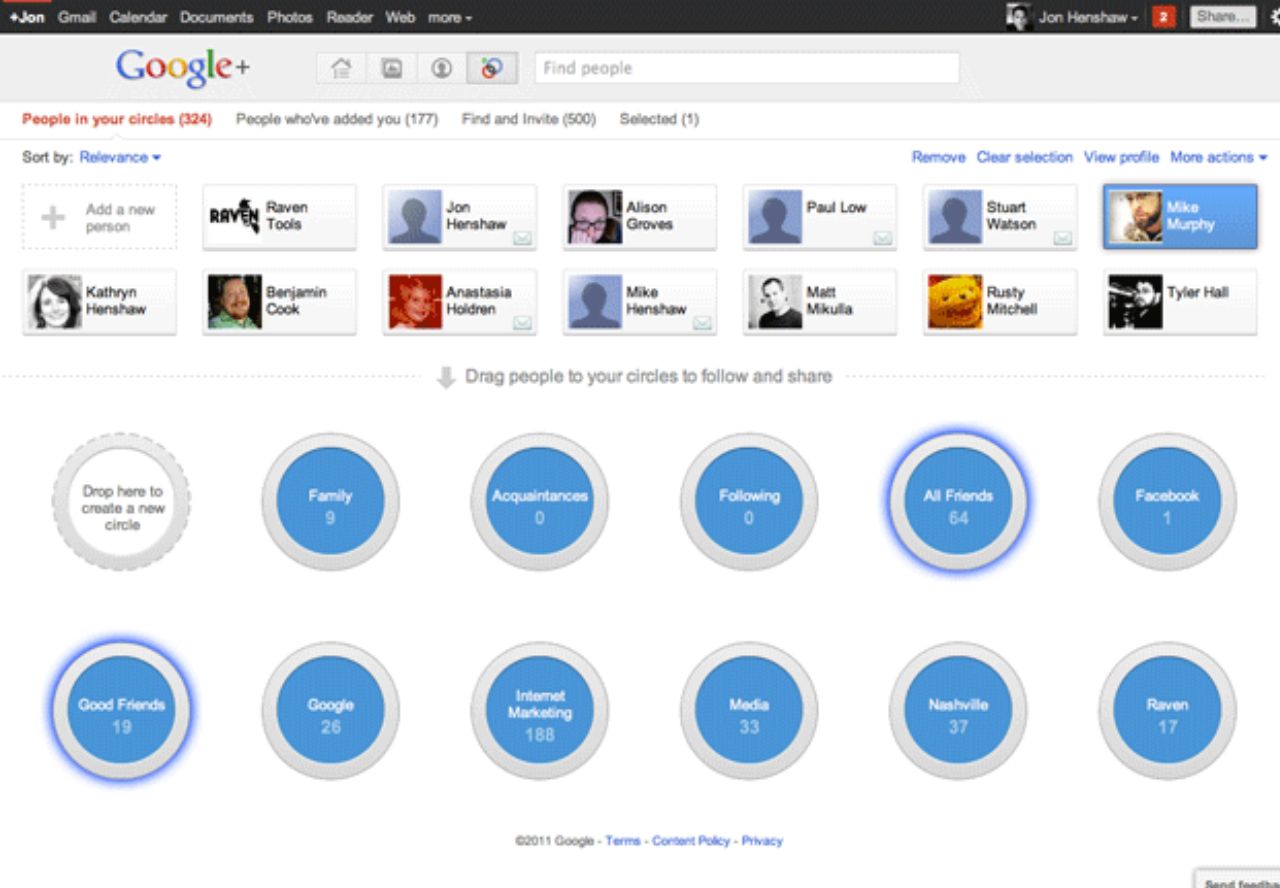
Social media boomed in the 2010s. The rise of smartphones, paired with the increasing availability of the internet, made social networking more popular than ever before.
This meant that whether you were browsing your MySpace page or scrolling Facebook, it seemed like almost everyone was scrolling with you – even your grandma.
When you think of the platforms that drove this social media revolution though, you probably don’t think of Google+. The social network never really took off, despite coming from one of the biggest names in the game. But why?
This article explores what happened to Google+, delving deep into why the social network never took off in the golden age of social media.
What is Google+?
Google+ was a social network. It was launched by Google in 2011 that aimed to compete with established platforms like Facebook and Twitter. It offered many similar features like sharing posts, updates, and photos, but with a unique twist: Circles.
Google +'s Circles allowed users to categorize their contacts into different groups based on relationships, interests, or any other criteria. This enabled a more nuanced approach to sharing content. Unlike the one-size-fits-all approach of other platforms, users could tailor their posts to specific audiences within their circles.
Sharing work updates with colleagues, funny memes with friends, and family photos with just close relatives became possible within one platform, rather than having seperate accounts.

Circles also enabled users to organize their contacts into groups, enabling them to share content selectively with different circles. For example, you could share work-related posts with a "Colleagues" circle and personal updates with a "Friends & Family" circle.
The initial reception for Google+ was enthusiastic. The invite-only launch generated a sense of exclusivity, and the platform boasted rapid user growth in its early years. However, cracks began to show soon enough.
What happened to Google+?
Despite several redesigns and strategic shifts throughout its lifespan, Google+ never quite found its footing, and user engagement remained low compared to competitors. Finally, in April 2019, Google announced the official shutdown of Google+ for personal use, citing a lack of users.
The move followed a series of bad decisions and events that led to the failure of the social platform. In essence, Google+ entered a crowded market without a strong enough differentiator.
While it offered some innovative features, the established giants like Facebook offered similar functionality with a much larger user base. The forced integration and lack of user focus ultimately led to Google+ becoming dead when the rest of the social media world was bustling with life.

"Over the years we’ve received feedback that people want to better understand how to control the data they choose to share with apps on Google+. So as part of Project Strobe, one of our first priorities was to closely review all the APIs associated with Google+," a blog post by Google announcing the decision to shutdown Google+ reads.
"This review crystallized what we’ve known for a while: that while our engineering teams have put a lot of effort and dedication into building Google+ over the years, it has not achieved broad consumer or developer adoption, and has seen limited user interaction with apps. The consumer version of Google+ currently has low usage and engagement: 90 percent of Google+ user sessions are less than five seconds."
Why Google+ Failed
Google+ launched in 2011, and by then the social media landscape was already bustling with established players. Circles was innovative, but it wasn't enough to convince users to switch their social networks. Google+ felt like a "me-too" product entering a saturated market, with similar features to other platforms like sharing posts, updates, and photos.
Ultimately, while Circles provided a new way to manage connections, the core functionality wasn't revolutionary enough. Users were already accustomed to established platforms and saw little reason to switch. Google+ lacked the "killer feature" that could convince users to migrate their social lives.
Google's strategy of heavily integrating G+ with other services like Gmail and YouTube also backfired spectacularly. Signing up for a Gmail account automatically created a G+ profile, leading to user frustration.
This heavy-handed approach felt intrusive, pushing a social network onto users who might not be interested. It alienated those who preferred to keep their social and professional lives separate, similar to how tumblr alienated users by removing adult content from its site.
Read: What Happened to Tumblr? How the 2010s Social Giant Died
Another hurdle Google+ faced was the sheer dominance of Facebook. By the time Google+ entered the scene, Facebook had established itself as the go-to platform for social connection. Google+ struggled to attract and retain a dedicated user base.
Features like Hangouts, a video chat platform, and Google+ Communities, for interest-based groups, offered some value, but they couldn't compete effectively with similar offerings on established platforms.
While Google+ may be a bygone platform in social media, its legacy holds valuable lessons. The platform’s emphasis on user control through features like Circles was ahead of its time.
However, the heavy-handed integration and lack of a clear value proposition compared to existing giants ultimately led to its demise.
What replaced Google +?
After Google+ shut down for personal use, Google Currents (a similar internal communication tool) remained available for G Suite (now Google Workspace) users for a short while.
However, in 2023, Google Currents was transitioned to Google Chat within the integrated Gmail/Chat interface. So, Google Chat with its Spaces feature (for organizing projects and teams) can be seen as the current solution for internal communication within Google Workspace.
However, there isn't a direct replacement for Google+ for personal use. Other social media platforms like Facebook, Twitter, and Instagram continue to dominate that space, and Google appears to have given up trying to compete.
Final Thoughts
The story of Google+ serves as a cautionary tale for tech giants attempting to disrupt established markets.
Innovation is crucial, but understanding user needs and preferences within a competitive landscape is equally important. Google+ offered some innovative features, but it failed to differentiate itself enough from existing platforms.
Still, the platform's emphasis on user control through features like Circles continues to influence how social networking platforms approach privacy and user segmentation.
Google+ may not have achieved social media dominance, but its legacy can serve as a valuable blueprint for future social media endeavours – especially in the age of privacy by design and the cookieless internet.












